Erosion Control
Clackamas County is home to more small farms than any other county in Oregon.
What is erosion?
Soil erosion happens when soil is left bare and unprotected, like after plowing or tilling. If farmers do not plant the next crop or a cover crop before the rainy season, a lot of soil can wash away. Sloped areas, ditches, and property edges without plants are also at risk for erosion. The best way to stop erosion is to plant the right kinds of vegetation. Perennial grasses and forbs are strong, long-lasting covers for field edges, paths, and between crop rows. Annual grasses, legumes, or cereal grains can be used as quick temporary cover crops to prevent erosion and protect the soil.
What happens when soil is not covered by plants, mulch, or leaves?
Bare or packed-down soil cannot soak up rainwater because there are not enough tiny spaces (pores) between soil particles. Rain can also hit the ground hard and create a crust, sealing the surface. When this happens, water flows over the top of the soil in a process called sheet erosion. This movement carries away tiny soil particles, but it is hard to see with the naked eye. Even if just a tiny layer of soil, about the thickness of a dime, erodes from one acre, that adds up to about five tons of soil lost!
When water gathers into small paths, more soil is carried away. This is called rill erosion. If nothing is done to stop it, these small rills can grow into big trenches called gullies. The concentrated water flow carries large amounts of soil from the field.
Farmers and land managers need to think about how much soil they are losing each year and plan carefully to keep their soil healthy. If too much topsoil is lost, land becomes unproductive, and crops won’t grow well. Protecting soil now helps ensure it will still be there for future generations.
Many things affect how fast erosion happens, including the type of soil and weather. Heavy or long-lasting rainstorms can cause serious water erosion and even landslides, while dry conditions and strong winds lead to wind erosion.
Where does the soil go?
Erosion not only harms the land—it also affects water quality downstream. When soil washes away, it carries sediment into rivers and lakes, contaminating the water. This sediment often contains pollutants like pesticides, fertilizers, extra nutrients, harmful bacteria, or heavy metals like mercury. Controlling erosion helps protect both the land and the water.
How can I protect my soil?
There are some simple ways to protect your topsoil so it stays healthy for future generations—or even rebuild it faster than it is lost:
Keep Living Roots in the Soil
Plants help hold soil in place and feed the tiny organisms that keep it healthy.
Limit Disturbance
Too much digging, plowing, or tilling can break up soil structure and lead to erosion.
Cover the Soil
Mulch, leaves, cover crops, or plant residue help protect the soil from wind and rain.
Increase Biodiversity
Growing different types of plants and supporting soil life makes the land stronger and healthier.
Following these principles can improve soil health and make it more productive. Adding managed livestock grazing or compost can help even more by cycling nutrients, increasing organic matter, and storing carbon in the soil. Did you know that for every 1% increase in organic matter in the top 6 inches of soil, it can hold up to 27,000 more gallons of water? And if organic matter increases from 1% to 3%, erosion can be reduced by 33% because the soil absorbs water better!
Healthy soil is full of life. In fact, there are more soil microorganisms (microbes for short) in a teaspoonful of soil than there are people on the earth. In fact, the amount of living things underground in healthy soil can be just as much as the plants growing above it. Keeping soil covered with plants and living roots helps build strong, stable soil that lets water and air flow through, which supports plant roots and soil organisms.
It is also important to think about your land’s specific conditions. Is it on a steep slope? Does it flood often? Is it dry? Different soils have different limits before they become damaged by erosion or compaction. Some soils, like silts, are more likely to erode because they do not hold together well. Soil scientists have created soil erodibility ratings to help farmers, land managers, and conservationists understand how at-risk their soil is and how to best take care of it. By protecting the soil now, we can keep it healthy and productive for years to come!
You can find this information and the soil type on your land by using the online Web Soil Survey, or by working with a Conservation Planning specialist.
Would you like to talk to a Conservation Specialist?
Is your streambank eroding?
Check out our Streamside Management and Restoration page.
Did you know?
The Oregon Department of Agriculture (ODA) makes plans and enforces rules to stop water pollution and soil erosion on farms and rural lands. ODA also works with farmers and ranchers to make sure they follow water quality standards and do their part to reduce pollution in rivers and streams. These pollution limits, called Total Maximum Daily Loads (TMDLs), are set by the Department of Environmental Quality (DEQ)to keep water clean and safe.
Find out more from the Oregon Department of Agriculture website.
Erosion News

October 1, 2020• Erosion, Watersheds, Working lands, Workshops, education & events
Post-fire Erosion Control and Rehabilitation

October 31, 2017• Erosion, Soil, Water quality & quantity
Sharing Erosion Technology with Nursery Growers
Erosion Videos
Erosion Resources
| Title | Categories | Link | hf:doc_categories |
|---|

